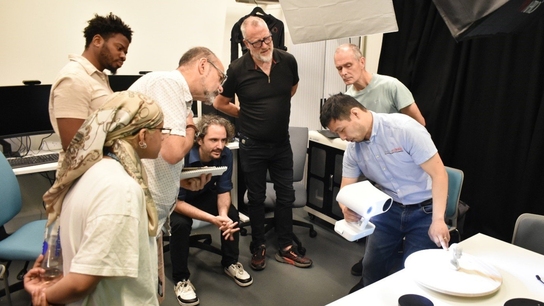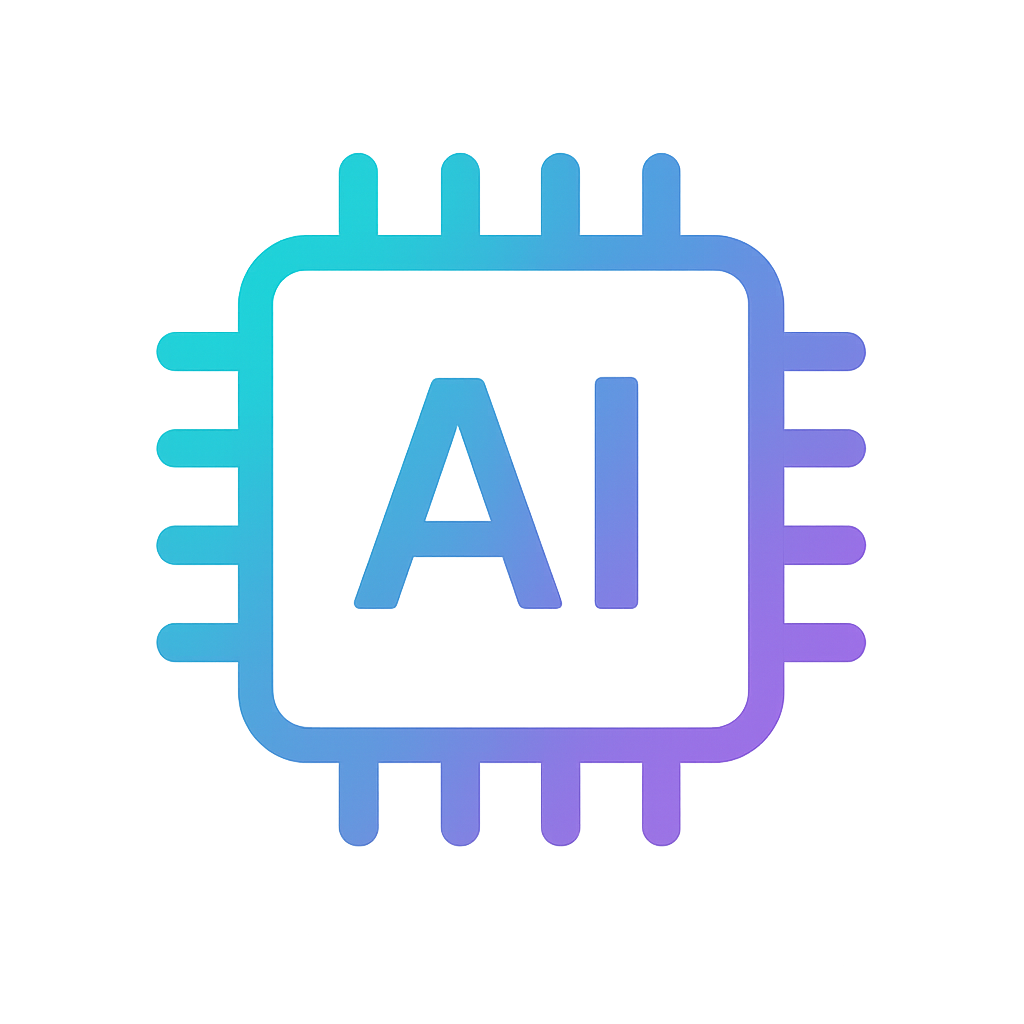Cases
Artec 3D scanning applications in science and education
Whether in the classroom, museum, or out in the field, Artec 3D scanners and 3D scanning software are used by science and education professionals all over the world used to discover, preserve, and explore historical artifacts, reconstruct crime scenes, study extinct animal species or entire civilizations, and more. Learn how portable 3D scanning solutions are used to collect extremely accurate and high-quality 3D scan data in these industries.

























